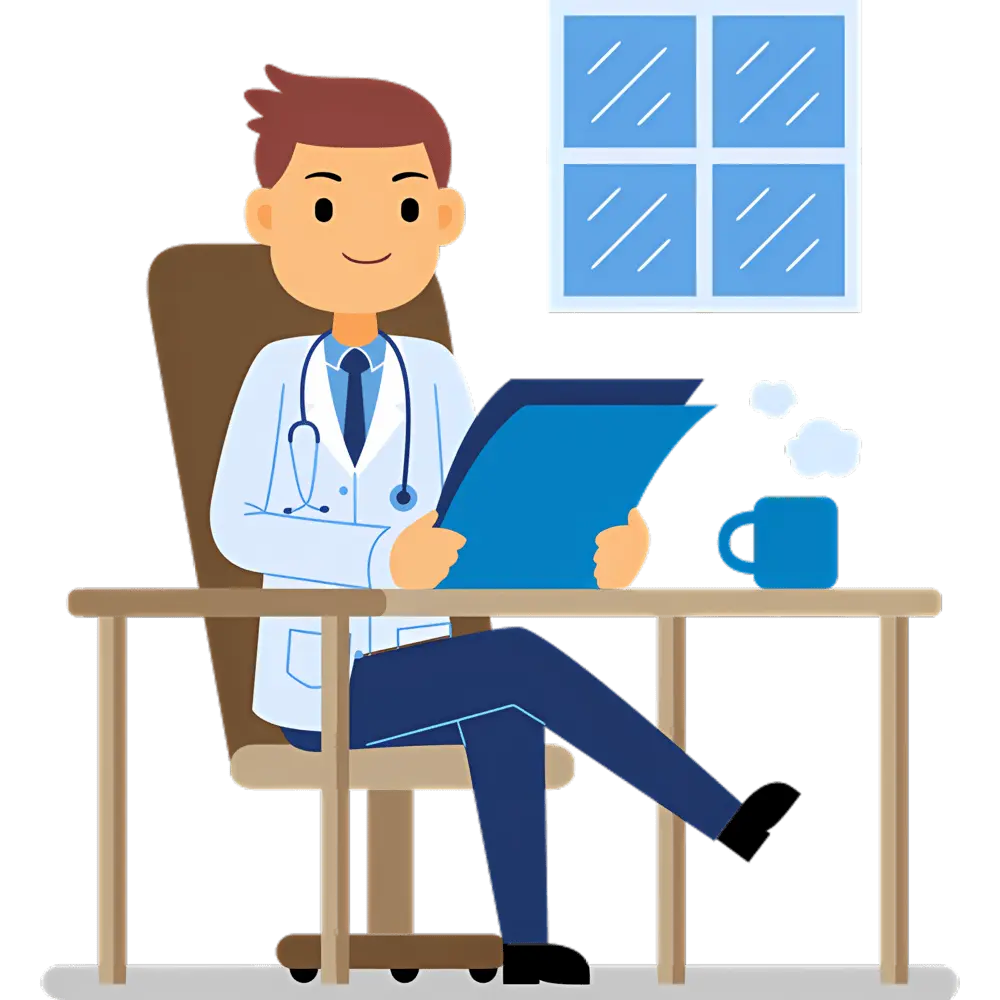“Siliguri Homoeopathic Doctor’s Welfare and Research Foundation”

About Us
Established in 2011, the Siliguri Homoeopathic Doctors Welfare and Research Foundation is the only authentic homoeopathic organization and think tank in Siliguri and its adjacent District, State and Country to move forward the holistic approach of treatment along with community and social activities.
Organization Siliguri Homoeopathic Doctors Welfare and Research Foundation has been set up to support the society with several free health checkup and , diagnostics , community health talk and scientific seminar to upgrade the knowledge of Doctors from Govt. approved medical colleges, to serve this region in different ways.
Member`s of Siliguri Homoeopathic Doctors Welfare and Research Foundation is Graduate , Post Graduate from different Govt. approved medical colleges and institutes as per norms, guideline and approval from Ministry of Health, Govt. of India.
Mission
Introduce practitioners and researchers duly pass out from Govt. approved educational medical college and institute. Human resource development to support the community in respect to prevention of disease and promotion of health along with social activities and public awareness.
To provide technical and implementation support based on experiential learning , build sustainable partnership. To develop knowledge networks, strengthen technical strategies and management approaches to enable people centered health systems.

